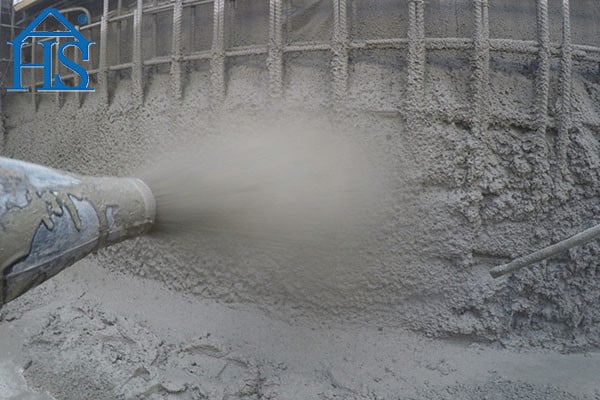Silica fume and slag powder are both дополнительные вяжущие материалы (SCM) используется в строительной отрасли для улучшения свойств и эксплуатационных качеств бетона.. While they may share some similarities, they have unique characteristics and different applications. Здесь, we will discuss the key differences between silica fume and slag powder.
Composition and Origin
кремнеземный дым: Дым кремнезема, также известный как микрокремнезем, is a byproduct of the production of silicon or ferrosilicon alloys in electric arc furnaces. It consists of very fine, аморфный (некристаллический) silica particles, with a high silicon dioxide (SiO2) content of around 85-96%.
Шлаковый порошок: Шлаковый порошок, as previously mentioned, is a byproduct of the ironmaking and steelmaking processes. В его состав входят различные минералы и соединения., with its specific composition depending on the type of ore being processed and the production methods employed. Slag powder’s primary components include calcium, алюминий, and silicon oxides.
Физические свойства
кремнеземный дым: Частицы кремнеземного дыма очень мелкие, с размерами частиц от 100 к 150 раз меньше частиц цемента. This high fineness contributes to its pozzolanic reactivity, which is the ability to react with calcium hydroxide in the presence of water, forming additional cementitious compounds.
Шлаковый порошок: Slag powder has a coarser particle size compared to silica fume, although it is still finer than most cement particles. Its fineness affects its reactivity and water demand when used as an SCM.
Reactivity and Mechanism
кремнеземный дым: Silica fume acts as a pozzolanic material in concrete, meaning it reacts chemically with the calcium hydroxide produced during cement hydration to form additional cementitious compounds, such as calcium silicate hydrate (CSH). This reaction contributes to the strength and durability of the concrete.
Шлаковый порошок: Шлаковый порошок, particularly ground granulated blast furnace slag (ГГБФС), exhibits both pozzolanic and latent hydraulic properties. Реагирует с гидроксидом кальция, similar to silica fume, but also has the ability to react with water directly to form cementitious compounds. This dual mechanism helps improve the concrete’s long-term strength development.
Приложения
кремнеземный дым: Silica fume is primarily used to produce high-performance concretе (HPC) and ultra-high-performance concrete (UHPC), where its addition can significantly improve the strength, долговечность, and overall performance of the concrete. It is also used in refractory materials, нефтяная скважина цементируя, and advanced composite materials.
Шлаковый порошок: Slag powder is used in a variety of applications, including concrete production as an SCM, soil stabilization, agriculture, and waste management. В бетоне, it can replace a portion of Portland cement, сокращение выбросов CO2 и снижение общей стоимости производства бетона.
Воздействие на окружающую среду
кремнеземный дым: Using silica fume as an SCM helps reduce the demand for Portland cement, which is responsible for a significant portion of global CO2 emissions. Однако, its production process is energy-intensive, and its availability is limited compared to slag powder.
Шлаковый порошок: Slag powder offers more substantial environmental benefits due to its widespread availability as a byproduct of iron and steel production. Its utilization in concrete can significantly reduce CO2 emissions, беречь природные ресурсы, and contribute to waste management efforts.
В заключении, while silica fume and slag powder are both used as SCMs in the construction industry, they have distinct differences in terms of composition, origin, физические свойства, реактивность, Приложения, and environmental impact. Silica fume is primarily used for high-performance concrete applications due to its high pozzolanic reactivity and fine particle size. Наоборот, slag powder is more widely available and versatile, with applications ranging from concrete production to soil stabilization and agriculture.
Understanding these differences is essential when choosing the appropriate SCM for a specific application, as it will influence the concrete’s performance, cost, and environmental footprint. By selecting the right material for the job, engineers and construction professionals can optimize the benefits of these supplementary cementitious materials and contribute to a more sustainable built environment.





